My active participation in marathon racing began in the summer of 2017 where I was part of the 2018 Miami marathon, I finished it in 04:07. This race nearly knocked me unconscious! My plan was to finish in somewhere around 3 hours and 50 minutes, but I soon discovered that there was a lot more to marathon racing than I knew. On mile thirteen, the real challenge started…I remember going through excruciating pain on my left knee, but I found a way to keep on moving. When I got to mile twenty, it all felt worse! Every twist, turn and twitch of a muscle was like a thousand knives piercing through my legs…It was the definition of hell on earth! I was forced to finish the race almost at a walking pace. I was not fully prepared to face the demands of the race, so when I looked at my time I knew I could do a lot better.
The Miami Marathon taught me a great deal, it opened my eyes to things I never Imagined were part of running when I first started. I certainly needed to learn from my mistakes, what to do and what not to do for my next race. However, from that point on I felt reborn! I suddenly was completely filled with the belief, the courage and the hunger to take on a marathon challenge again. I set my heart on a big stage: qualifying for the Boston Marathon. I knew this was going to be a very tough mountain to climb, since the only way to achieve my new goal was to finish a full marathon in less than 3 hours. At the time, I was filled with doubts of course. I had just completed my first full marathon in over 4 hours, how was I possibly going to set a time of less than 3 hours so soon after?
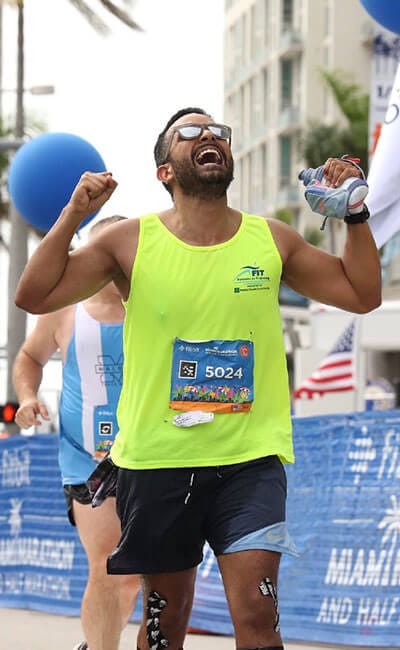
One thing that kept me going was my confidence, I had so much belief in myself that I felt I could achieve anything I set my mind to. In this case, my mind was set on qualifying for Boston. I knew very well that I had to improve on a lot of things, one of which was my running pace. While preparing to run a marathon, it is important that your easy pace is 45 sec or 80 sec slower than your goal-race pace. This is how you help your body adjust properly in order to maintain the pace you are looking to hit for the 26.2 miles. Back then my easy pace was 8:50-9:30 minutes per mile, which was not going to cut it if I wanted to run a marathon under 3 hours. To reach my goal, my race pace had to be somewhere around 6:40 minutes per mile, which meant that my easy pace had to come down to at least 7:40 or 7:50. Thus, I decided that I was going to need some professional help to improve.
 In order, in order to earn a spot in one of the most prestigious races in the world, I had to find myself a quality coach that could teach me the ins and outs of the trade. After doing some research, Luis Orta from My Olympic Coach was my choice. I sought to gain a whole lot of knowledge from him, to understand running as a whole. I began to train extra hard, pushing my body like never before, and doing exactly what my coach told me. Over time, I felt good, and I began to run a little faster.
In order, in order to earn a spot in one of the most prestigious races in the world, I had to find myself a quality coach that could teach me the ins and outs of the trade. After doing some research, Luis Orta from My Olympic Coach was my choice. I sought to gain a whole lot of knowledge from him, to understand running as a whole. I began to train extra hard, pushing my body like never before, and doing exactly what my coach told me. Over time, I felt good, and I began to run a little faster.
From Luis, I learned to run ‘by feeling’. This wasn’t about running at the same pace every day, but learning to recognized how I felt and how that could affect my run. Days came when I felt energized and ran a few miles at marathon pace, while there were other days when I felt tired and lazy. You can’t be sure what your body has in store for you each day…today you could feel great, tomorrow it could be different. So you need to learn to listen and adjust.
During my preparation, Thursdays were specially tough since it was time for progressive training. On these days extra effort and focus were required. The work started off slow and gradually increased until you finished as fast as your body was able to go…as I progressed, each mile became faster and harder. This type of training stands out from the rest, as it pushes you to your limits. Every mile your pace increases, forcing you to use more and more energy. Completing these workouts is not an easy feat, the process not only improves your endurance but also your mental strength.
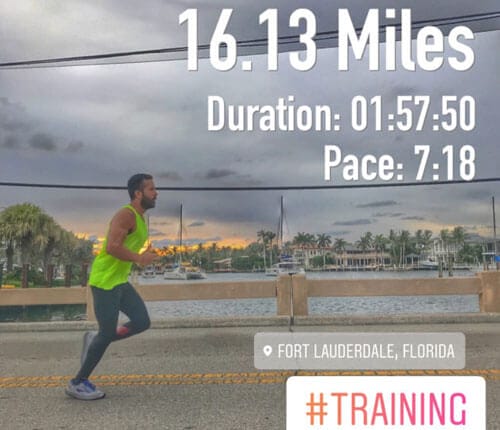
Long runs are also a key part of the training. They could be progressive runs or easy pace by feeling. The objective of progressive runs is to run by distance (not by time) and organizing training in cycles or phases, in which you must progressively increase speed. This gradual increases in pace, are perfect to simulate the feeling of fatigue that you will surely experience on the day of the race. It helps you prepare to face the last miles of the marathon.
It was difficult for me to keep up with my training, but with much determination in my heart, I was able to push myself harder each day. Considering what you must face on race-day, it is recommended that you often include runs of 14 to 20 miles, although everything depends on your physical shape, experience and objectives. Make sure you talk it over with your coach.
As I moved forward with my preparation, I looked back to my first marathon and was determined to tighten loose ends. I didn’t want to make the same mistakes, nor let my weaknesses affect my performance. Hence, addressing my lack of leg strength was my greatest challenge. When I got to the mile 20 in Miami, I felt excruciating pain in my quadriceps, so much that it felt like my legs were about to fall off. Thus, I had to focus on improving my leg’s endurance and train my muscles to withstand any possible type of pressure that would come to them in future races. I joined a gym and incorporated a couple of weight-lighting workouts a week to my routine. It is important to highlight that gym training consist of exercises with little weight but many repetitions. With intense leg exercises twice a week, your leg muscles are sure to gain a much needed boost to help you through the marathon.
To complement my training I also included swimming, anywhere between 45 to 60 minutes a week. Many people underestimate the importance of swimming when preparing for a marathon, but runners can surely reap the benefits of training in the pool: improved resistance, stronger muscles and even better mental health are just some of the advantages to consider. Of all the low-impact cross training exercises (including cycling, elliptical and rowing), swimming is the one that causes the least biomechanical stress (ie; a large impact) on the body, which makes it a runners’ favorite when it comes to avoiding or rehabilitating an injury.
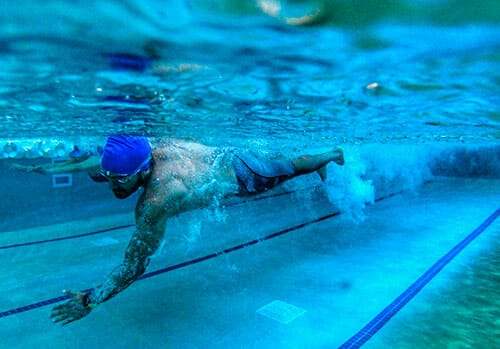
As my training progressed, I stared to notice that running at a pace of 8 minutes per mile got easier and easier, then running at 7:50, 7:40, until I hit 7:30. I could run 8 miles at a pace of 7:30 and keep my heart rate down in zone 3 (a green zone). Plus, with each week my maximum VO2 was increasing. These positive feedbacks motivated me to test myself in a real race scenario, so I decided to participate in a half-marathon to gauge my improvement. I ran the Star-Wars Half-Marathon late in April 2018, and was thrilled to discover that I was able to finished the race in 1 hour 25 minutes and 39 seconds. This result showed me I was on the right track to hit my target pace of 6:40 minutes per mile in the marathon, since I was already capable of running at 6:32 minutes per mile for 13.1 miles straight. Also, the race taught me the importance of arriving early on race-day. If not, the first couple of miles become a real hazard trying to pass slow runners which gets you tired early unnecessarily.
After the half-marathon experience, I felt it was just a matter of continuing my training and setting a date to make my move towards Boston. With the help of my coach, we decided that the Grandma’s Marathon in Duluth, Minnesota was going to be it. I still had a couple of months to finalize my preparation, but I felt I was close to being ready.

A week before the marathon my right hamstring was super tight, I could not run because of the intense pain. It was a Thursday, exactly 10 days before the race. So I decided to talk it over with my coach and we reached the conclusion that I could not risk it. I had to stop running until I felt better. During the next few days, I replaced my runs with laps on the pool so that I would not lose my fitness. In addition, I went to the chiropractic’s office and he recommend lower back exercises to deal with my situation. After a few days, the pain disappeared. On the Wednesday before the marathon, I ran 4 miles at my race pace and felt perfect. What should you take from this? Sometimes your body just needs a little rest!..Its key to listen to what your body is telling you. But do not be alarmed, as a marathon runner dealing with pain is part of the drill.
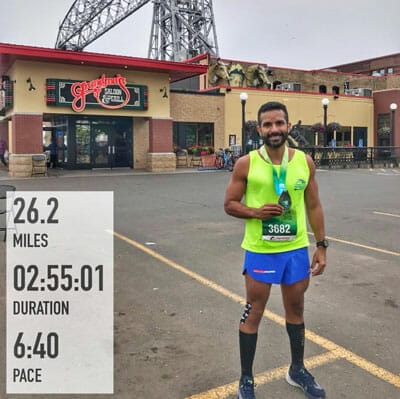
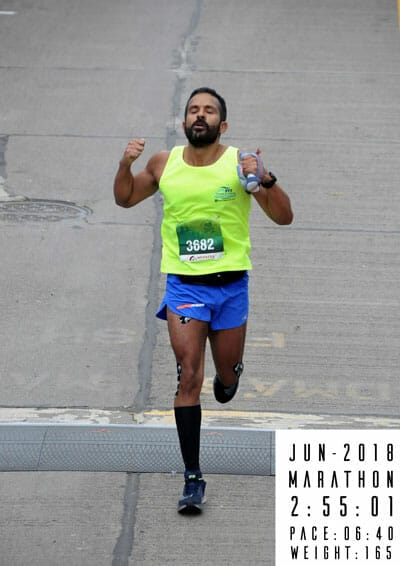
On race-day, I had only one plan: to maintain a pace of 6:40 during the 26.2 miles. To my surprise, I felt very energized, my body wanted to go even faster, but the fear that I could gas out before I reach the finish line kept me in check. So I maintained my pace at 6:40. When I arrived at mile 20, I was super comfortable with the pace… I could hardly believe it!
Without a doubt, apart from proper nutrition and training, mental strength is absolutely vital in running. I would even dare to say it represents about 80% of what you need to succeed. If you are focused on what you want, then your mind and body respond. In the last two miles, I reduced my pace because I was very happy and distracted shaking hands with everyone around. I was already celebrating because I knew that I had achieved my goal, I had done it…a goal that seemed impossible for many!
Running is now a part of my life, I love the sensation I get when I am done with a run. Even though it may sound strange, for me running is fun. The feeling of crossing that finish line, and having accomplished a goal, is second to none.
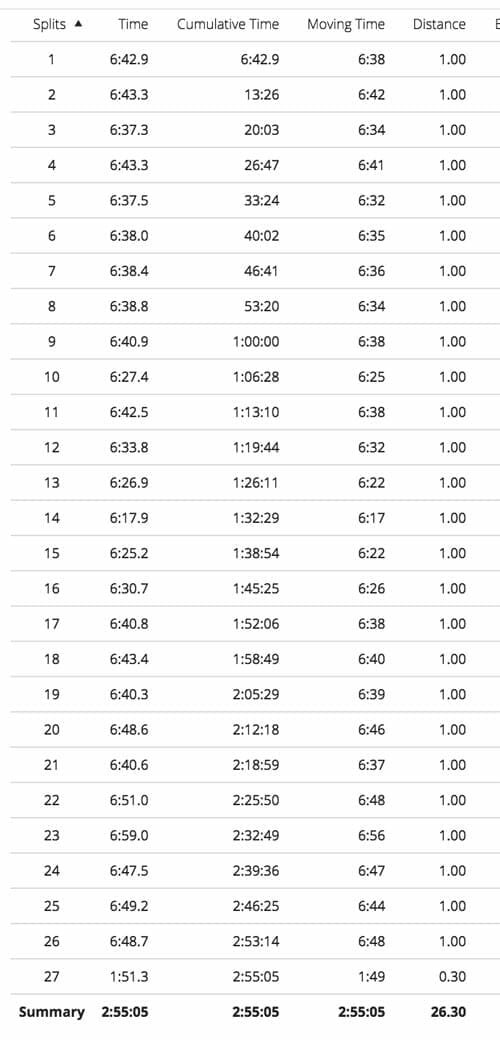


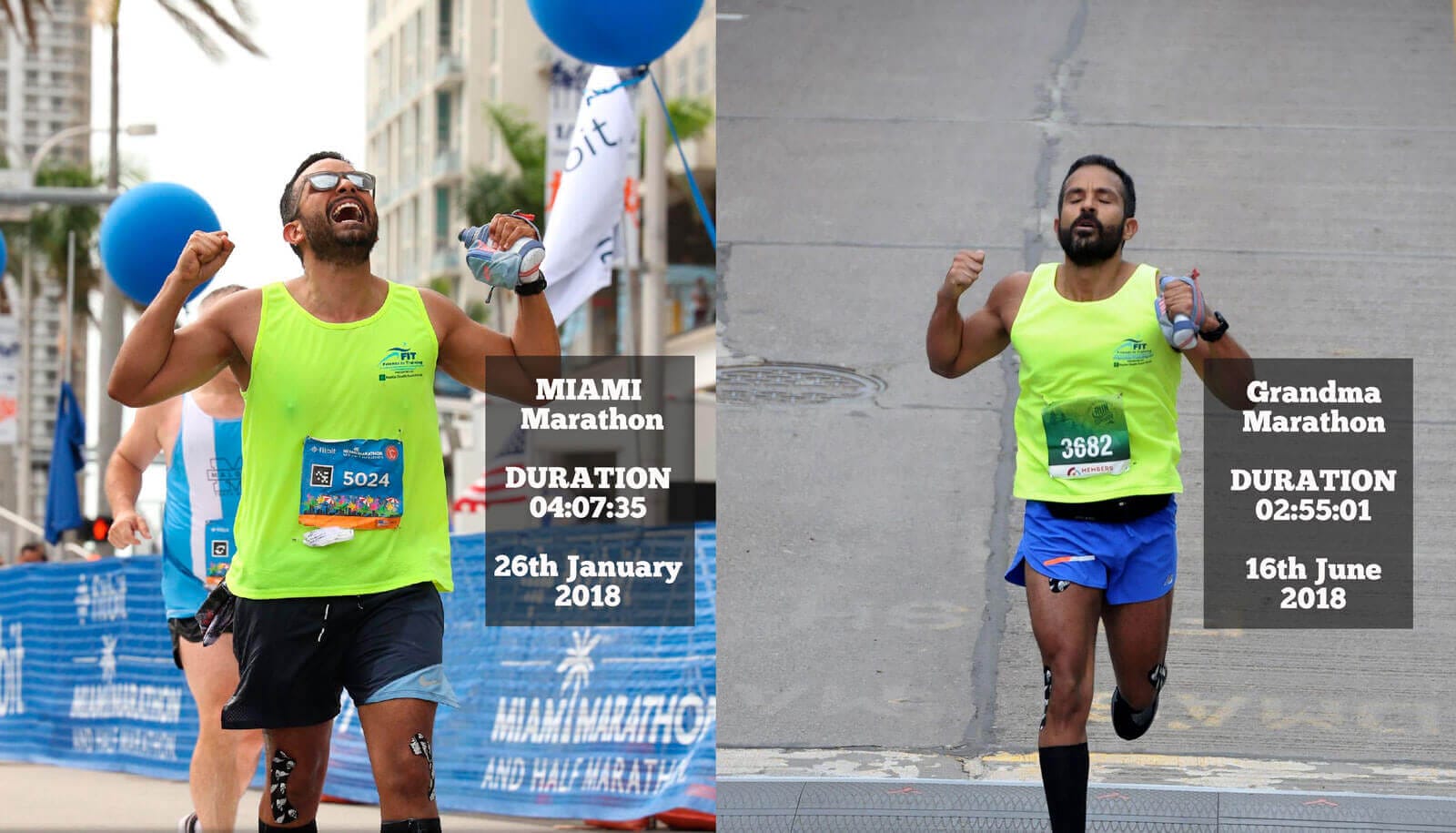


Great story Luis!! You are definitely an inspiration to everyone on the team!!! Way to go and keep pushing your limits 🙌🏽
Great journey and accomplishment, congratulations!
Thanks!!! wish you the best if you are going to run the Chicago Marathon